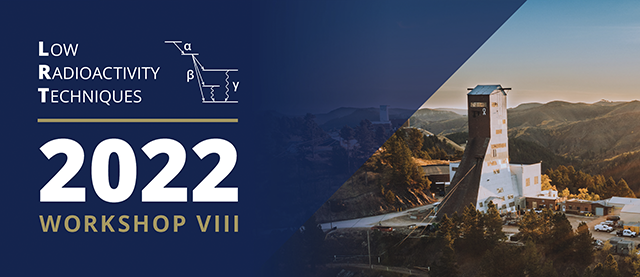Speaker
Description
Expected backgrounds for electrostatic PIN-diode radon-emanation systems consist of three basic terms: a grow-in term, due to radon emanating from the detection chamber itself; a decaying term, due to radon that is transferred into the chamber along with radon from the sample; and a term constant in time due to environmental backgrounds such as cosmic rays. The first two backgrounds should produce energies corresponding only to the radon-daughter peaks, while the third is expected to produce a continuous energy spectrum. To determine what is the dominant background for the South Dakota Mines emanation system, many background runs were co-added. Results indicate that environmental backgrounds are negligible, but the time dependence of radon-daughter decays is surprisingly close to constant in time, implying that the the grow-in and decay terms have near-equal amplitudes.

